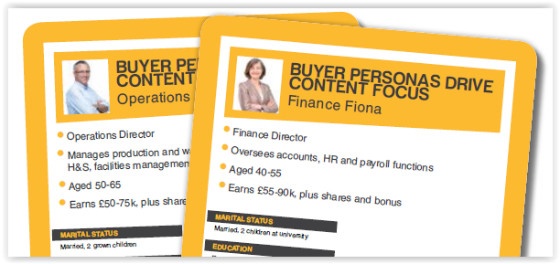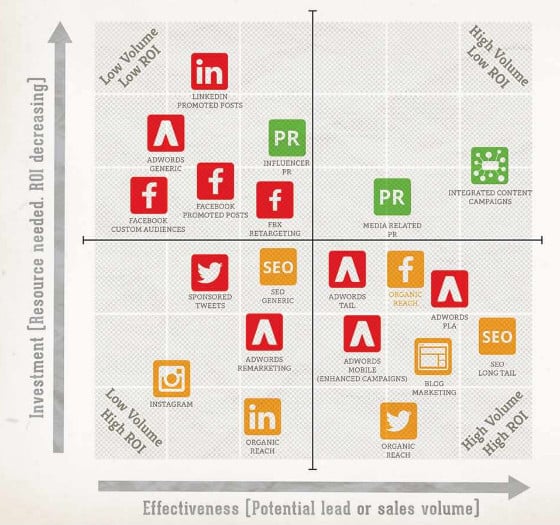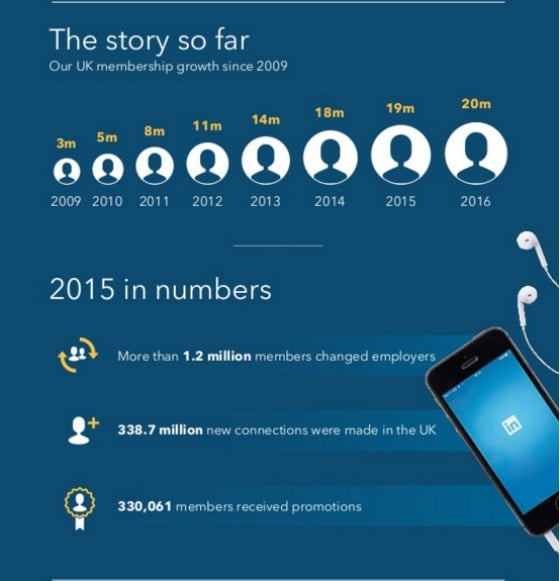The Perfect Persona - Are Your Personas Fit For Purpose?
Dr Dave Chaffey talks customer personas. How effective are yours? Find out more about what Dave recommends.
Read moreNow is the time to start planning your content marketing strategy for 2016. However, before you start populating your editorial calendar, there’s plenty of background research to undertake. Here, we take you through the process of data gathering and analysis to ensure your content gets off to a great start in the New Year.
The first step towards planning or redefining your content marketing strategy is to clarify where you are now.
Here at ClickThrough, we use PR Smith’s SOSTAC model for marketing planning. The first step in SOSTAC – the “S” – is to conduct a situation analysis. This provides an overview of what your brand is, what your brand does, and what the internal and external factors are which impact your business and, by extension, your marketing activity.
Elements to consider when preparing your situation analysis include:

While almost all brands have a clear picture of their target market, far fewer know who their buyer personas are. If that sounds like you, now is a good time to define yours.
Buyer personas are a semi-fictional representation of your ideal customer, combining known and assumed information.
This information might include:
This level of detail helps you to tailor content specifically to each persona – resulting in content which is more likely to address their needs and concerns, in a way which appeals to them.
The number of buyer personas you have will depend on the range of products or services you offer, as well as the demographics within your target market. Broadly speaking, however, you’ll probably want at least three different buyer personas, although some brands have as many as a dozen.
To define your buyer personas:

Knowing your marketing objectives might sound like stating the obvious. But it pays to revisit them regularly, and there’s no better time than when you’re planning your content strategy. After all, you may know your content marketing objectives – but what about the rest of your team? Does your content manager have the same objectives? Do they truly understand how their role fits in with the overall marketing objectives for your brand?
Once objectives are confirmed, they form the backbone of your strategy – and you can keep referring back to them whenever you create a new piece of content: Will this piece of content help us to achieve this objective? If yes, great. If not, can it be adapted to support an objective?
When it comes to succeeding with digital marketing, organic search remains as relevant as ever.
So it won’t surprise you to learn that identifying SEO content opportunities is an essential part of your content ideation research. Conduct in-depth keyword research to uncover those opportunities you might be missing out on, or which you could be maximising. Ideally, this should include a competitor keyword analysis and a review of the existing keywords driving traffic to your site.
Questions to ask include:

Does your content have the “share” factor too? Creating content which is as shareable as it is searchable will give you another channel for getting your content discovered.
But how do you know what kind of content is shareable?
Conduct an analysis of your competitors’ content to find out which pages, blog posts, articles and infographics get the most social shares. Questions to ask include:
Armed with this information, you should have a solid understanding of the ingredients of shareable content within your specific industry.
Good news, you already have a library of content to hand, written by experts in your business, you just need to source it. It might be hiding in slide decks, in printed magazines or brochures, even in training videos or scripts. It might even be an eBook which has been languishing unloved on a hidden page of your website for years.
An important part of preparing for your content ideation session is uncovering as many of these hidden content assets as possible.
Why is this important? Because they can be reused or repurposed – which is an effective way to create “new” content, without having to start from scratch.
We recommend using a spreadsheet to record all the different content assets you find, whether online or offline. Alongside each asset, you should make a note of:
You could even turn this project into a mini content audit.
Content assets aren’t limited to the written word. Your brand’s employees can be assets too. No doubt your company has experts who know your industry inside out and have plenty of valuable knowledge to share with prospects.
Make a list of all the experts you have within your organisation. Want to know if someone’s an expert? Consider their number of years’ experience, qualifications, industry memberships – as well as any publications they may already have written for. And remember, the CEO is almost always a great spokesperson.
This post is adapted and abridged from our FREE eBook – The Best Practice Guide to Content Ideation
Download your copy now to understand how content ideation can drive your conversion strategy
More articles you might be interested in:
Dr Dave Chaffey talks customer personas. How effective are yours? Find out more about what Dave recommends.
Read more
Driving a lot of traffic to your website, but struggling to convert your traffic to leads?
Read more
Dr. Dave Chaffey considers what digital marketing tactics businesses should adopt for 2017, with content marketing once again proving a major focus...
Read more
Amy Dugmore brings you all the latest updates on LinkedIn, Kenshoo, Whatsapp, Facebook, and Pinterest in this week's social media news roundup.
Read more
Lisa Coghlan brings you all the latest social media marketing news from the past seven days, including Instagram’s new Partner Program, Pinterest...
Read moreMake 2016 a year of great content marketing. Plan your content calendar to include these five key elements to deliver great content, build team...
Read more
Dr. Dave Chaffey explains why having a Content Marketing Plan in place is vital to success
Read moreDo you want to create an infographic but don’t know where to start? Read on as Charlotte Howell reveals her top tips and considerations for producing...
Read more